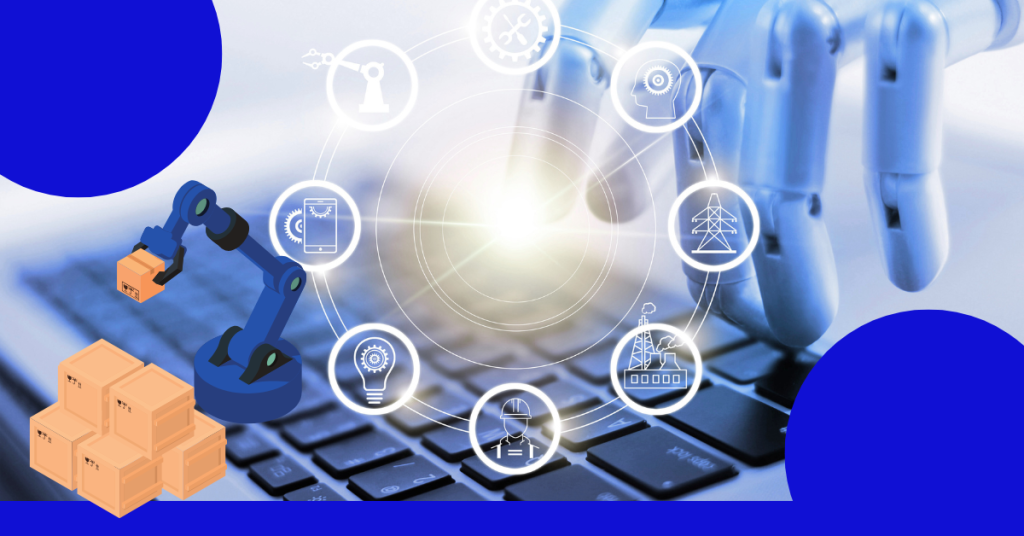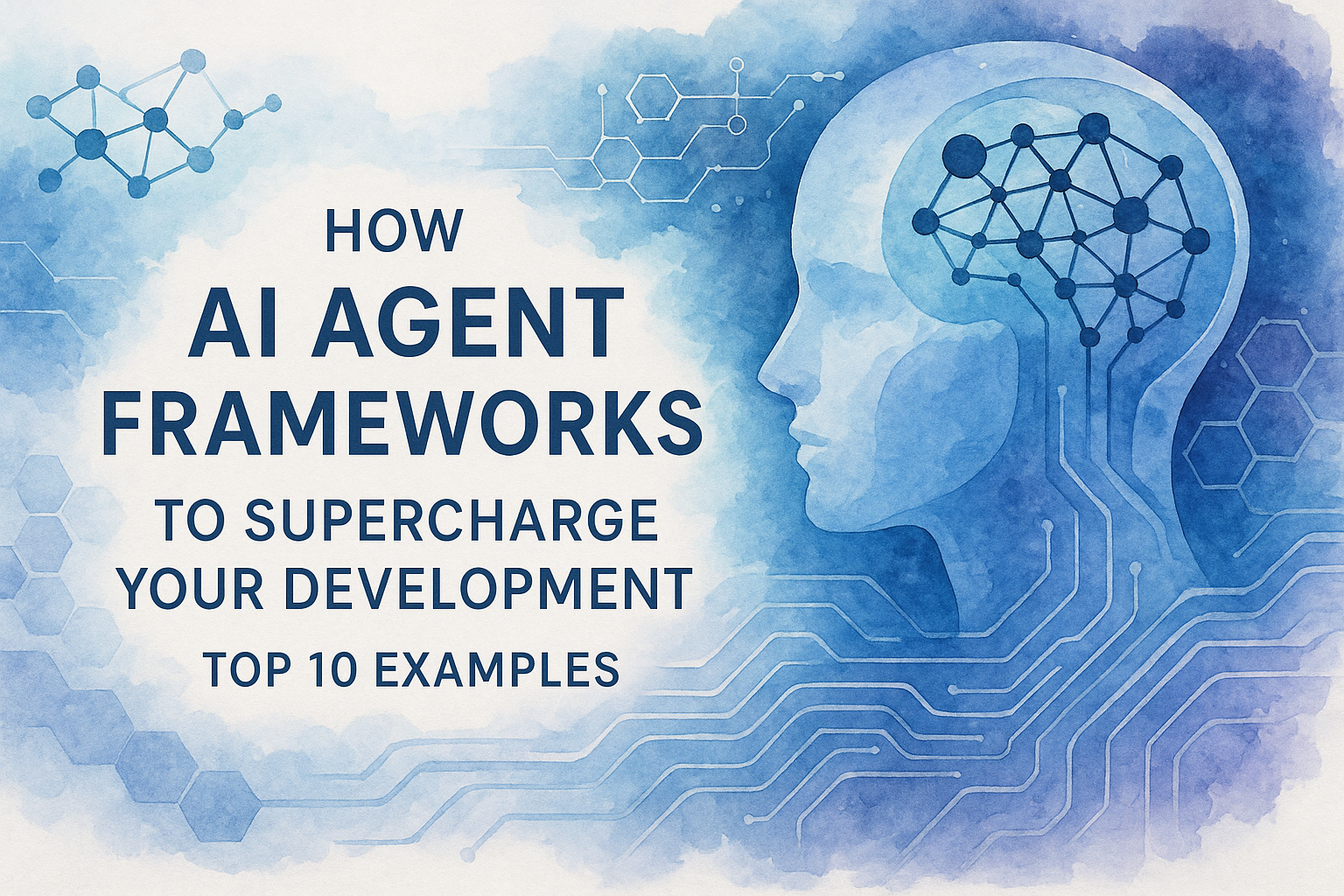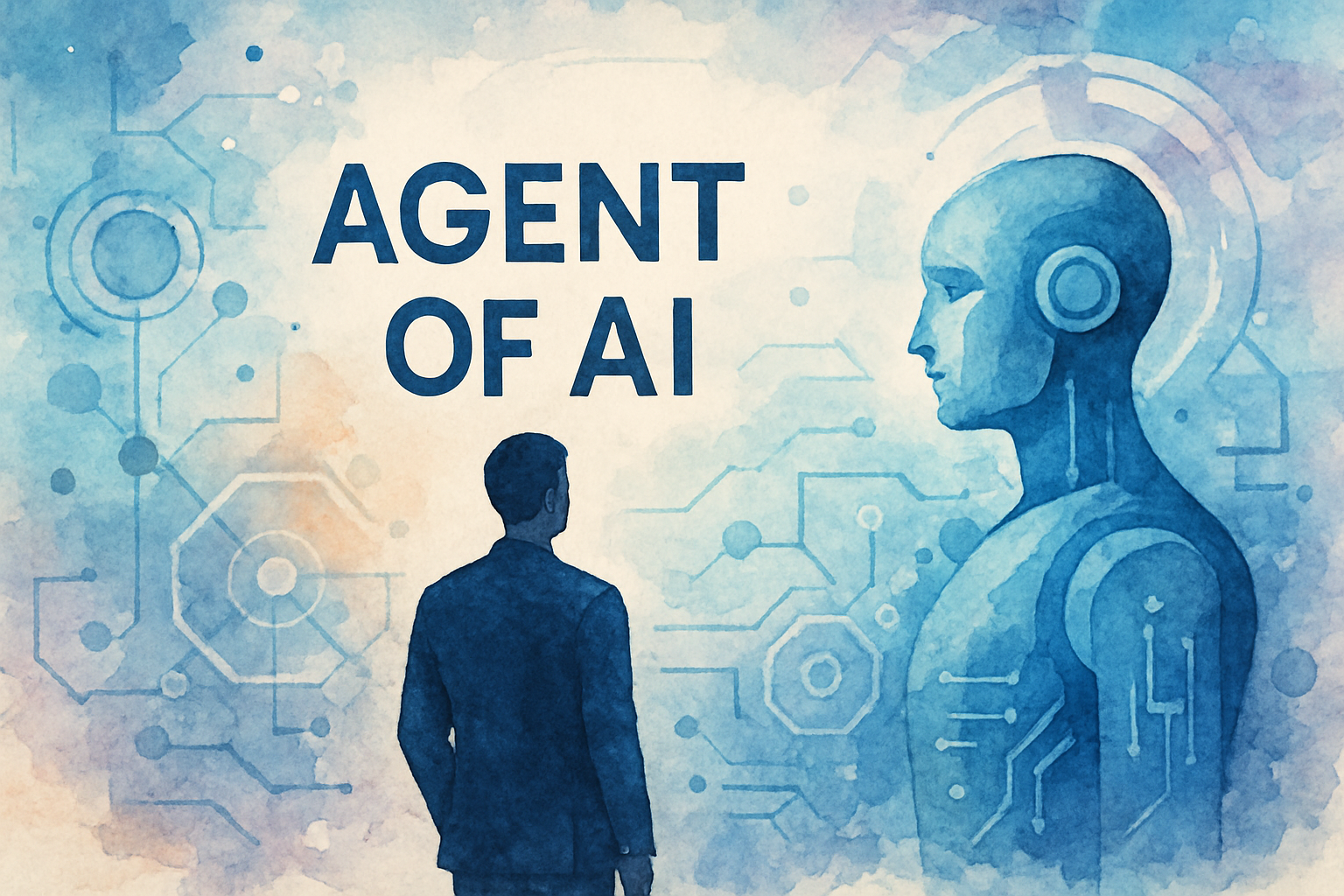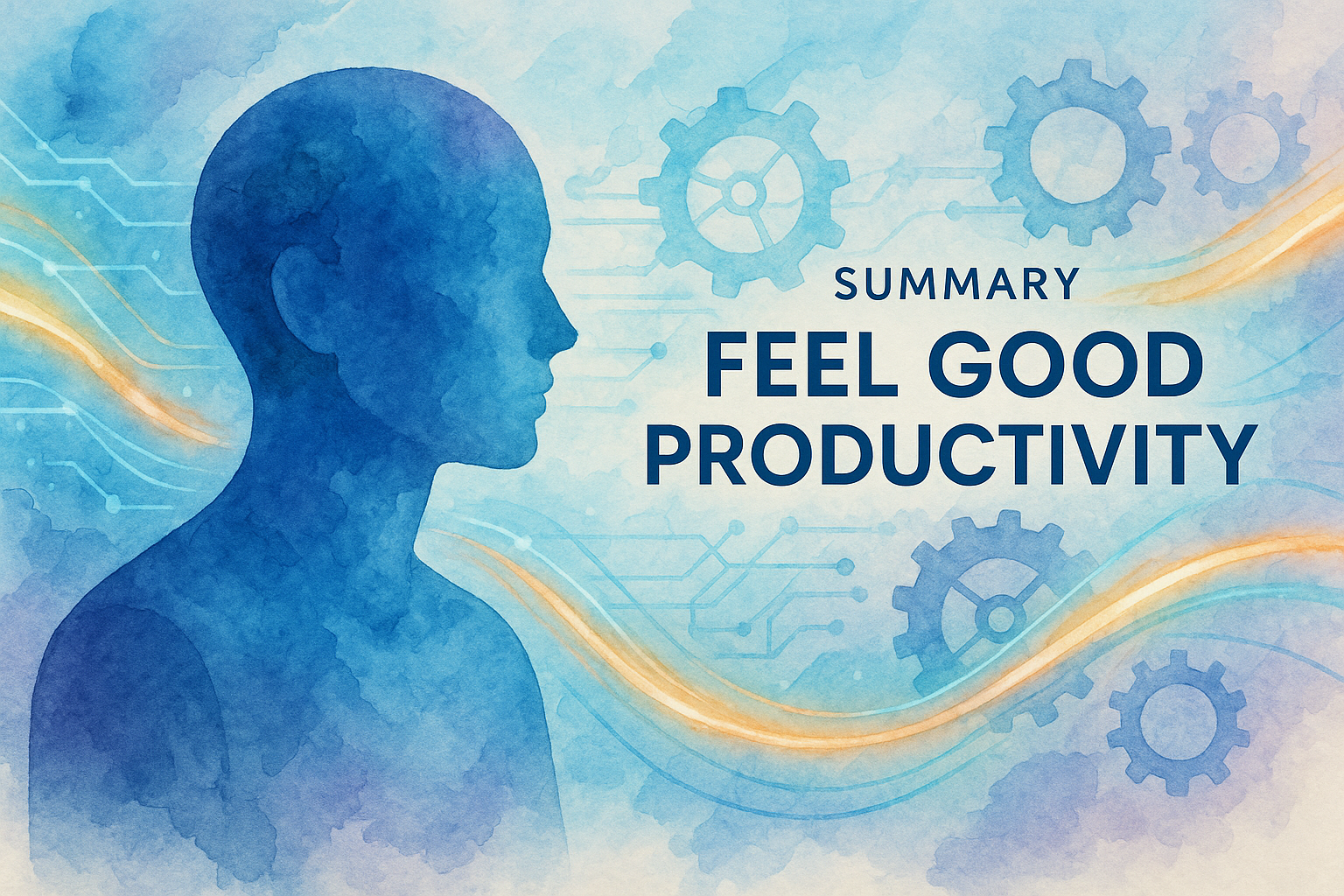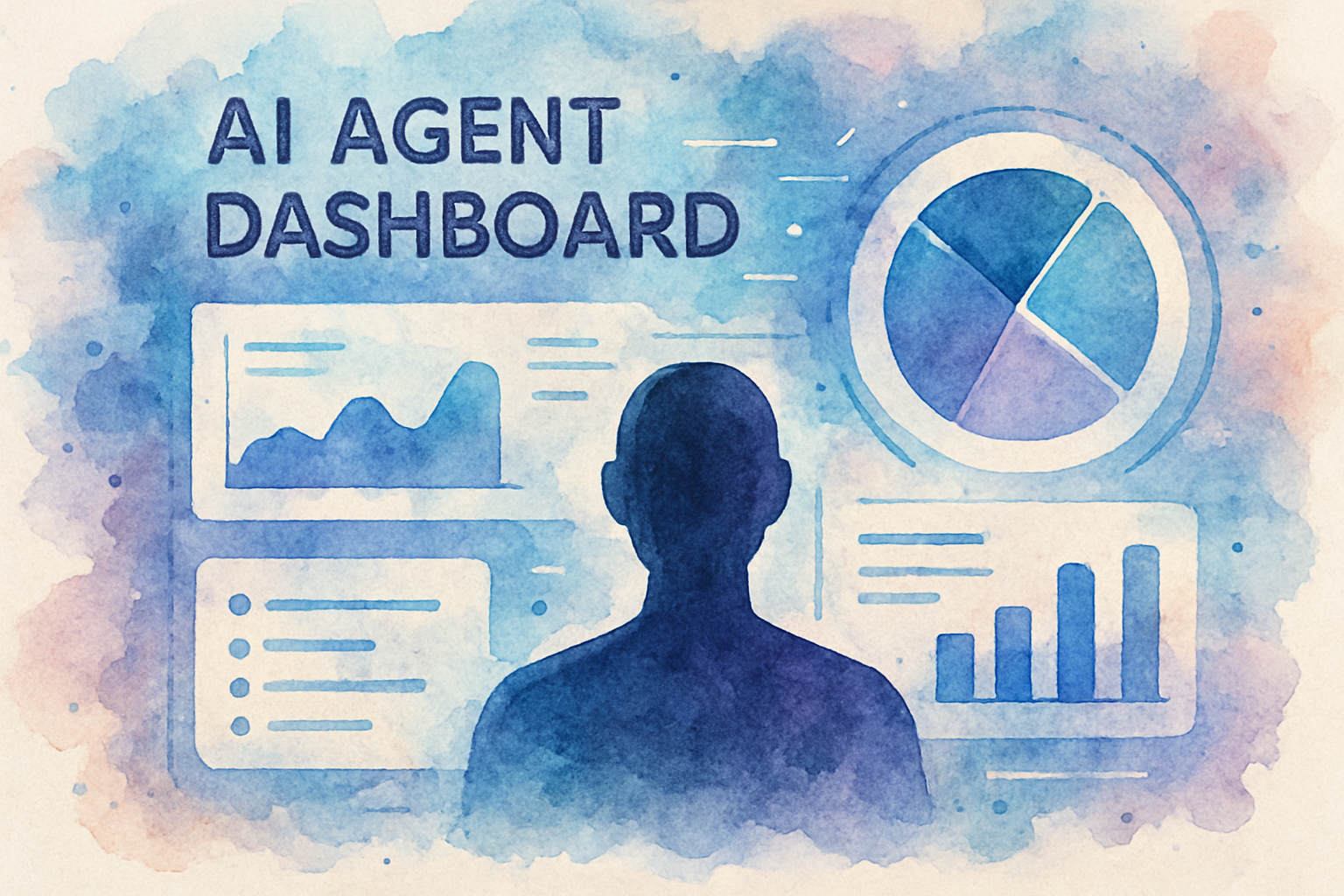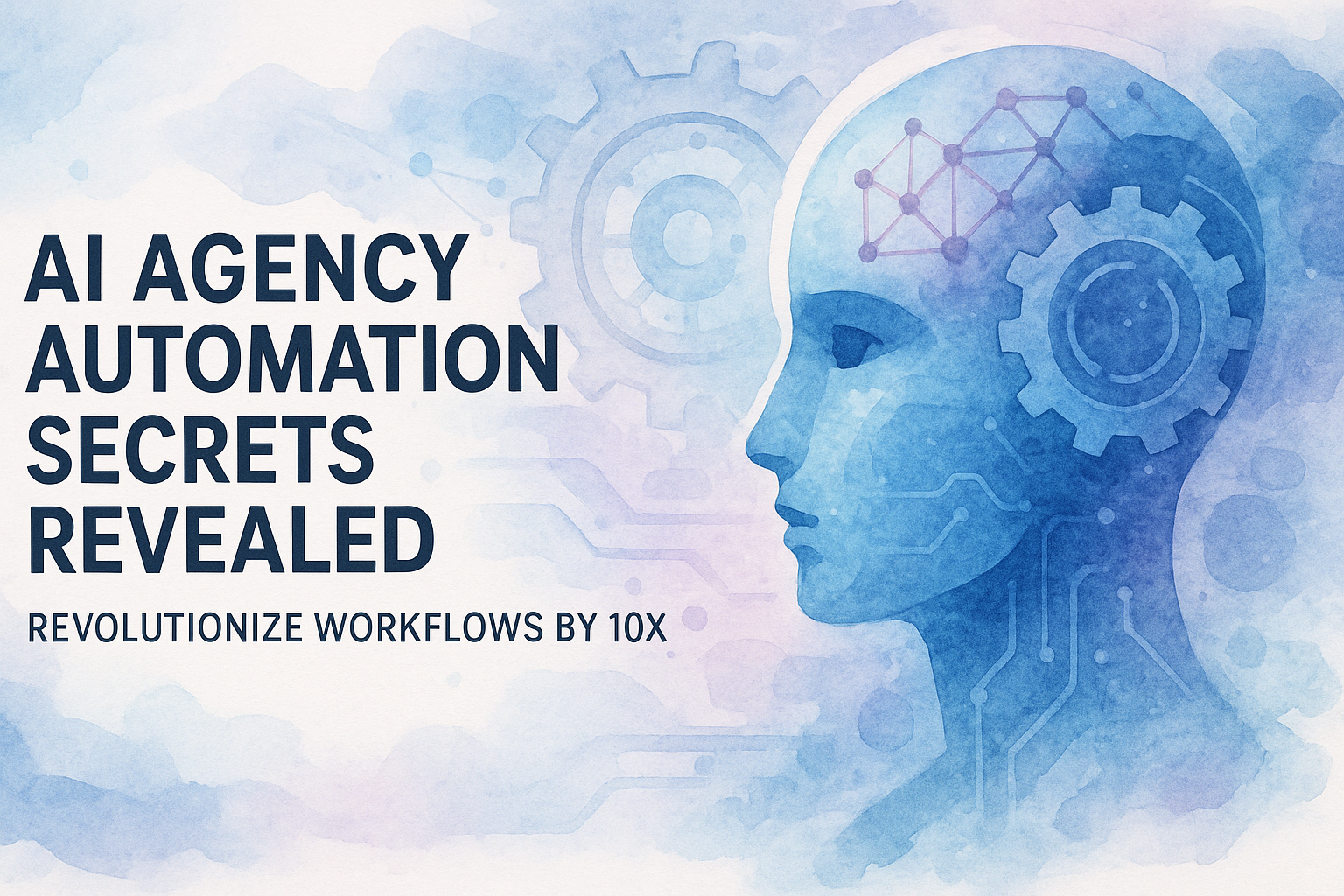Use AI Agent Automation to Transform Your Business Operation: 8 Simple Steps You Should Know
In today’s fast-paced business world, staying competitive requires more than hard work—it demands innovation and efficiency. Enter AI agent automation, a technology reshaping how companies operate. McKinsey research identifies agentic AI as a key innovation driving business transformation, with experts declaring 2025 the “year of the AI agent.”
AI agent automation goes beyond traditional processes by bringing cognitive capabilities to business workflows. These intelligent systems analyze data, make decisions, and collaborate with humans while automating routine tasks—freeing employees to focus on strategic, high-value activities.
This guide explores AI agent automation from fundamental concepts to practical implementation. We’ll examine benefits, challenges, and best practices to help you harness this technology’s power. Research shows the long-term AI opportunity represents $4.4 trillion in productivity growth potential, with organizations typically achieving 20-30% gains in efficiency and speed to market.
Whether you’re a startup or enterprise, AI agent automation can unlock unprecedented productivity and innovation. This technology rivals the transformative impact of the steam engine, making decisive action essential to remain competitive. Let’s discover how AI agents can revolutionize your operations and drive success in an increasingly automated marketplace.
Source:
Understanding AI Agent Automation
AI agent automation is a cutting-edge technology that combines artificial intelligence with automated processes to create intelligent systems capable of performing complex tasks with minimal human intervention. These AI agents can learn, adapt, and make decisions based on data and predefined rules, effectively mimicking human cognitive functions.
The Evolution of AI Agent Automation
The concept of AI agent automation has its roots in early artificial intelligence research, but recent advancements in machine learning, natural language processing, and big data analytics have propelled it to new heights. Today, AI agents are more sophisticated than ever, capable of handling intricate business processes across various industries.
Key Components of AI Agent Automation
- Machine Learning Algorithms: Enable AI agents to learn from data and improve performance over time
- Natural Language Processing: Allows AI agents to understand and communicate in human language
- Decision-Making Capabilities: Empowers AI agents to make informed choices based on analysis and predefined rules
- Integration with Existing Systems: Ensures seamless collaboration between AI agents and current business infrastructure
The Benefits of Implementing AI Agent Automation
Integrating AI agent automation into your business operations can yield numerous advantages, transforming the way you work and compete in the market.
1. Enhanced Efficiency and Productivity
AI agents can work tirelessly 24/7, processing vast amounts of data and executing tasks at speeds far beyond human capabilities. This increased efficiency translates to higher productivity levels across your organization.
2. Improved Accuracy and Reduced Errors
By eliminating human error and fatigue, AI agent automation ensures consistent, high-quality results in repetitive tasks, data analysis, and decision-making processes.
3. Cost Reduction and Resource Optimization
Automating routine tasks frees up human resources to focus on more strategic, value-adding activities, leading to significant cost savings and better resource allocation.
4. Enhanced Customer Experience
AI agents can provide instant, personalized responses to customer inquiries, improving satisfaction and loyalty while reducing response times.
5. Data-Driven Insights and Decision Making
AI agents can analyze vast amounts of data to uncover patterns and insights, enabling more informed business decisions and strategy formulation.
Implementing AI Agent Automation: A Step-by-Step Guide
Successfully integrating AI agent automation into your business requires careful planning and execution. Follow these steps to ensure a smooth implementation process:
STEP 1: Identify Suitable Processes for Automation
Begin by analyzing your current business processes to determine which tasks are most suitable for AI agent automation. Look for repetitive, rule-based activities that require minimal human judgment.
STEP 2: Set Clear Objectives and KPIs
Define specific goals for your AI agent automation initiative and establish key performance indicators (KPIs) to measure success. This will help you track progress and demonstrate ROI.
STEP 3: Choose the Right AI Agent Automation Platform
Research and select an AI agent automation platform that aligns with your business needs, technical requirements, and budget. Consider factors such as scalability, integration capabilities, and ease of use.
STEP 4: Prepare Your Data Infrastructure
Ensure your data is clean, structured, and accessible for AI agents to process effectively. This may involve consolidating data sources, standardizing formats, and implementing data governance practices.
STEP 5: Develop and Train AI Agents
Work with your chosen platform or development team to create and train AI agents for your specific use cases. This process may involve machine learning techniques and iterative refinement.
STEP 6: Integrate with Existing Systems
Seamlessly integrate AI agents with your current business systems and workflows to ensure smooth operation and data flow.
STEP 7: Test and Refine
Thoroughly test your AI agents in a controlled environment before full deployment. Continuously monitor performance and make necessary adjustments to optimize results.
STEP 8: Provide Employee Training and Support
Prepare your workforce for the introduction of AI agent automation by providing comprehensive training and addressing any concerns or questions.
Overcoming Challenges in AI Agent Automation
While the benefits of AI agent automation are substantial, implementing this technology can come with its share of challenges. Here’s how to address some common obstacles:
1. Data Quality and Availability
Challenge: AI agents require high-quality, relevant data to function effectively.
Solution: Implement robust data management practices, including data cleansing, standardization, and regular audits.
2. Integration with Legacy Systems
Challenge: Older infrastructure may not be compatible with modern AI agent automation platforms.
Solution: Develop custom APIs or middleware to bridge the gap between legacy systems and new AI technologies.
3. Employee Resistance and Adoption
Challenge: Staff may be hesitant to embrace AI agent automation due to fear of job displacement or lack of understanding.
Solution: Communicate the benefits clearly, provide comprehensive training, and involve employees in the implementation process.
4. Ethical Considerations and Bias
Challenge: AI agents may inadvertently perpetuate biases present in training data or decision-making algorithms.
Solution: Regularly audit AI agent decisions, implement diverse training data sets, and establish ethical guidelines for AI use.
Conclusion: Embracing the Future with AI Agent Automation
AI agent automation represents a powerful opportunity for businesses to revolutionize their operations, boost efficiency, and gain a competitive edge in today’s fast-paced market. By understanding the technology’s potential, carefully implementing it across suitable processes, and addressing challenges head-on, companies can unlock new levels of productivity and innovation.
As we’ve explored in this guide, the benefits of AI agent automation are numerous and far-reaching. From increased efficiency and accuracy to cost savings and improved customer experiences, this technology has the potential to transform every aspect of your business operations.
The time to embrace AI agent automation is now. By taking proactive steps to integrate this technology into your business strategy, you’ll be well-positioned to thrive in an increasingly digital and automated world.
Ready to take the next step in your AI agent automation journey? Contact The Crunch today to schedule a free consultation and discover how we can help you leverage this groundbreaking technology to drive your business forward. Get your personalized proposal now!
Frequently Asked Questions
Q1: What industries can benefit most ?
AI agent automation can benefit a wide range of industries, including finance, healthcare, manufacturing, customer service, and e-commerce. Any sector with repetitive tasks, data-heavy processes, or complex decision-making can see significant improvements through AI agent automation.
Q2: How long does it typically take to implement the system?
The implementation timeline can vary depending on the complexity of your processes and the scope of automation. Simple implementations may take a few weeks, while more comprehensive projects could span several months. It’s essential to plan for ongoing optimization and refinement after the initial deployment.
Q3: Will AI agent automation replace human workers?
While AI agent automation can take over many routine tasks, its primary goal is to augment human capabilities rather than replace workers entirely. By automating repetitive processes, employees can focus on higher-value tasks that require creativity, emotional intelligence, and complex problem-solving skills.
Q4: How secure is AI agent automation?
Security is a critical consideration in AI agent automation. Reputable platforms incorporate robust security measures, including encryption, access controls, and compliance with data protection regulations. However, it’s crucial to implement additional security protocols and regularly audit your AI systems to ensure data integrity and protection.
Q5: Can small businesses benefit from AI agent automation?
Absolutely! AI agent automation is not just for large enterprises. Many AI platforms offer scalable solutions suitable for small and medium-sized businesses. By starting with targeted implementations in key areas, small businesses can achieve significant efficiency gains and compete more effectively in their markets.

